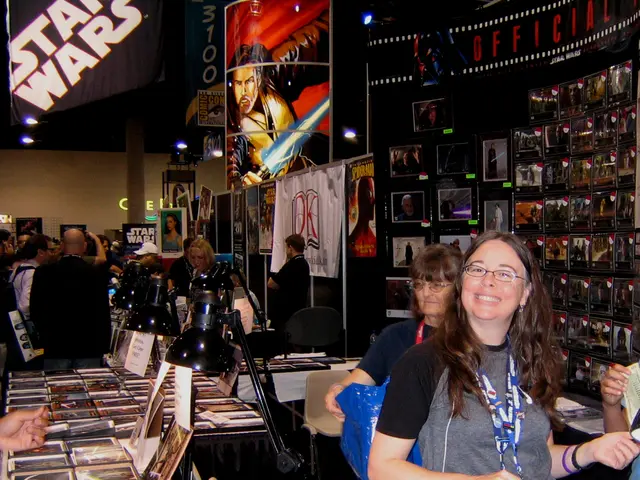Duration of Projector Operation: A Look at Projector Lifespan
A projector is an invaluable tool for presentations, movies, and games at home or in the office. To ensure your projector serves you well for a long time, it's essential to understand how to maintain and care for it properly. Here are some tips to help you extend the lifespan of your projector.
Firstly, to protect the internal components and extend the lamp life, avoid frequent on-and-off cycles. Instead, let the projector run for longer periods when in use. This practice helps reduce the stress on the lamp and ultimately extends its overall lifespan.
Proper storage is another crucial factor. Store your projector in a cool, dry place, away from humid or hot environments. Additionally, ensure the projector is placed in a room with adequate ventilation and avoid using it in high-temperature environments. These precautions help protect the projector's lifespan.
Dust accumulation can impede cooling efficiency and affect picture quality. Regularly clean the external surfaces and vents using a soft cloth or a vacuum with a brush attachment. Most projectors have built-in cooling systems designed to manage heat. If a projector overheats, it may shut down automatically to prevent damage. In such cases, turn off the projector immediately and allow it to cool down. After cooling, check if the projector's air vents are obstructed and clean any dust or debris that may be blocking airflow.
Utilizing Eco Mode can extend lamp lifespan significantly by reducing brightness when full brightness isn't necessary. Every projector has a specified lamp life, which generally ranges from about 2,000 to 5,000 hours but can be much higher for LED projectors.
Liquid Crystal Display (LCD) projectors and Digital Light Processing (DLP) projectors each have their strengths. LCD projectors often provide excellent color accuracy and brightness but typically have a limited lamp life. On the other hand, DLP projectors rely on a digital micromirror device to produce images and generally offer better contrast and faster response times than their LCD counterparts.
Unlike traditional lamp-based projectors, LED projectors use light-emitting diodes for illumination and are known for their low heat generation, energy efficiency, and longer lifespan.
Regular maintenance, such as cleaning filters and ensuring adequate ventilation, can help maintain safe operating conditions for the projector. Consulting the manufacturer's specifications for your specific model is essential to understand its continuous operating limits and ensure you're within safe operating limits.
For instance, the recommended continuous run time for LCD projectors is 2-4 hours, DLP projectors is 3-5 hours, and LED projectors is 5-8 hours. However, some manufacturers offer projectors designed for continuous 24-hour use, such as BenQ, Optoma, and ViewSonic.
The environment also impacts projector performance. High temperatures, dust, or humidity can lead to shorter lifespan and operational issues. Therefore, it's crucial to create an appropriate environment for your projector to function optimally.
By following these guidelines, you can ensure your projector lasts longer while maintaining performance. Regularly schedule breaks for the projector, maintain it according to manufacturer guidelines, and create an optimal environment for the projector to serve you well for years to come.
Read also:
- Electrified Opel Corsa GSE Concept (2025): Echoing the Performance of Lamborghini
- Digital Commerce Giant Clips Unveils Its Latest Offering, Clip Ultra, Fortifying Its Dominance in Mexico's Market
- Tesla-powered homes in Houston cause buying rush among interested buyers
- Unveiling Location, Drops, and Strategies for Grounded 2's Northern Scorpion






